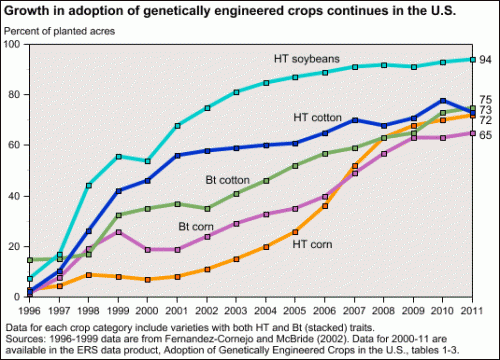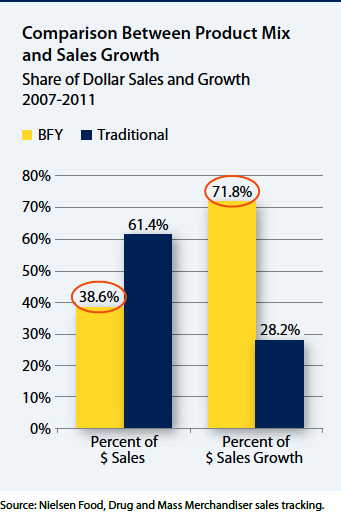FDA releases strategic plan for 2012-2016
Ordinarily I find government plans of this type to be soporific but this one is especially well written and well thought out (with some caveats).
The report is a statement of FDA commitment to what it is going to do in the next four years in food areas that affect people and animals. It includes many promises, among them this one of particular interest:
Program Goal 4: Provide accurate and useful information so consumers can choose a healthier diet and reduce the risk of chronic disease and obesity
Objective 1. Update the Nutrition Facts label.
- Publish proposed rules updating the nutrition facts label and serving sizes [OK, but by when?].
- Publish final rules updating the nutrition facts label and serving sizes [Ditto].
Objective 2. Implement menu and vending machine labeling regulations.
- Publish final menu and vending machine labeling regulations [OK, but by when?].
- Collaborate with states, localities and other partners to ensure high rates of compliance.
Objective 3. Improve consumer access to and use of nutrition information.
- Explore front‐of‐pack nutrition labeling opportunities [Explore? See comment below].
- Collaborate with public/private sector parties on nutrition education [Collaborate? See comment below].
- Implement updated standards for the labeling of pet food including nutrition and ingredient information [How about a Pet Facts label for pet foods that someone might actually be able to understand?].
- Implement standards for animal feed ingredients.
- Publish final rule defining and permitting use of the term “gluten free” in the labeling of foods.
Goal-setting processes usually include dates by which the objectives are to be completed. These do not, which suggests that the FDA can continue to delay action until 2016.
I also do not understand what is meant by “Explore front‐of‐pack nutrition labeling opportunities.” Explore? The FDA has already sponsored two Institute of Medicine reports on front-of-pack labeling. Does this mean the agency is ignoring them and intends further research?
And “Collaborate with public/private sector parties on nutrition education?” What does the FDA have in mind for the content of such education? You can bet that no collaborative campaign can focus on “don’t drink your calories.”
FDA needs to deliver on these items, and sooner rather than later. This year? I’m not counting on it.






